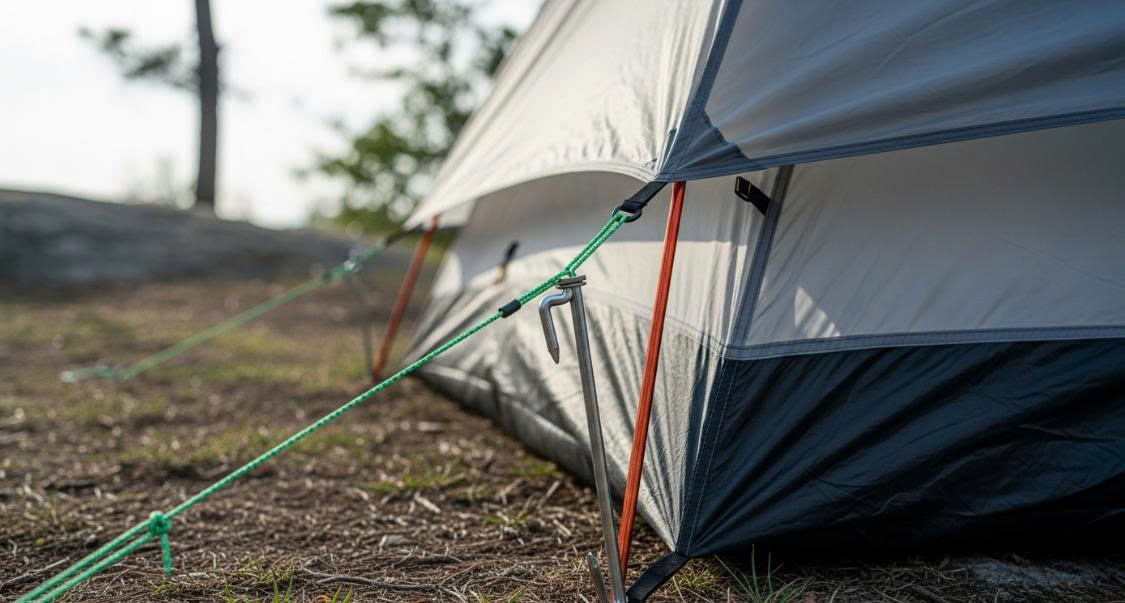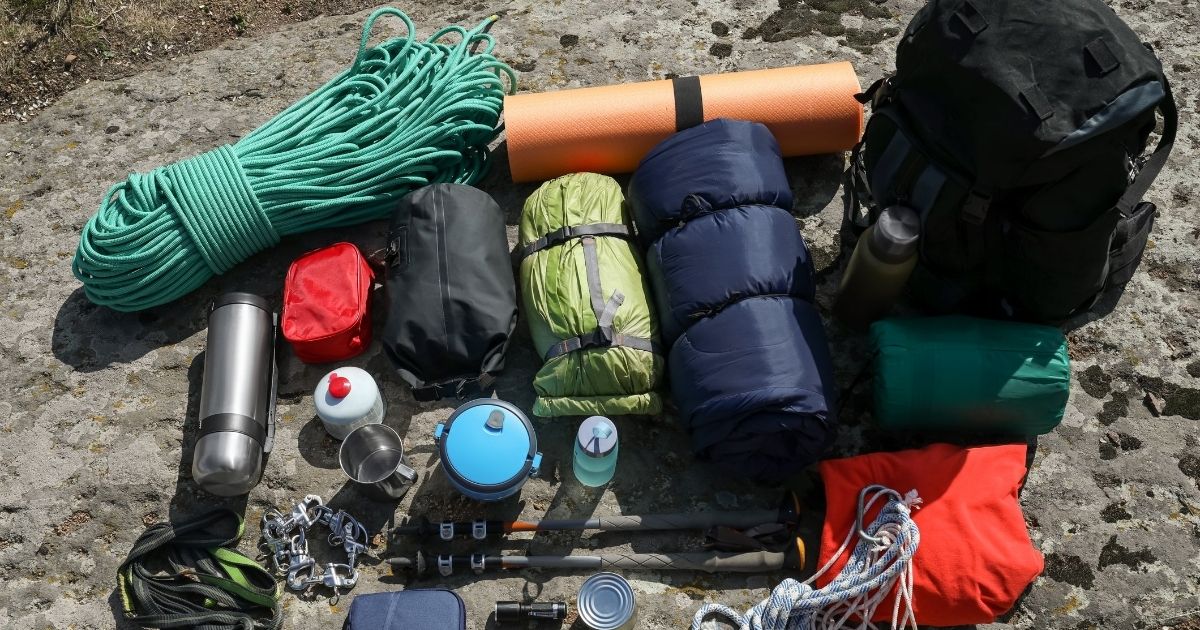1. Why Practicing Bunker Shots at Home Actually Works

Bunker shots are some of the most intimidating for amateur golfers. But what many don’t realize is that you don’t need access to a real sand trap to build confidence and control. Practicing bunker shots at home helps you focus on technique, body positioning, and swing rhythm without distractions.
The key benefit of home bunker practice is repetition. You can isolate mechanics, such as clubface angle, swing path, and follow-through, which are critical for success in the sand. While you won’t feel the grainy feedback of sand, the body memory you build transfers seamlessly to the course.
Moreover, consistent practice—even without a bunker—trains your muscle memory. With the right tools and drills, you can mimic sand trap conditions well enough to prepare for real scenarios. All it takes is a bit of space, creativity, and a clear understanding of what you want to improve.
2. The Basics: What You Need for Home Bunker Practice
You don’t need a full backyard bunker to get started. Instead, collect a few affordable tools that simulate bunker conditions. These include a chipping mat, alignment sticks, a lob wedge or sand wedge, and a bucket of foam or practice balls.
To simulate sand, you can use thick doormats, a patch of longer artificial turf, or even a folded towel. These surfaces mimic resistance and encourage you to strike behind the ball, which is crucial for bunker play. If you have a backyard, consider creating a DIY bunker space with sandbags or a small sandbox area.
The most important element is a clean, open area where you can safely swing. If indoors, make sure the ceiling height allows a full swing. For outdoor setups, place a soft net to catch balls. With these simple items, you can replicate sand trap drills that sharpen your bunker game right at home.
3. Drill #1: The Towel Drill to Perfect Sand Entry

The towel drill is a gold-standard exercise for golfers learning how to enter the sand correctly. Although there's no real sand involved, it develops your consistency in hitting 1–2 inches behind the ball, which is essential in real bunker play.
To start, lay a towel flat on the ground and place a foam ball or real ball a few inches in front of its edge. Your goal is to strike the towel first before touching the ball. This teaches you to maintain an open clubface and a shallow, sweeping swing.
Repeat this drill 10–15 times per session. You'll develop a better feel for how to hit “the sand” rather than the ball. With time, you’ll start to trust the motion, knowing that it's the sand (or towel) that lifts the ball out—not a direct hit.
This drill builds precision, helps eliminate thin or fat shots, and is highly effective even for beginners trying to grasp the basics of sand trap mechanics.
4. Drill #2: The Hula Hoop Accuracy Challenge
When it comes to bunker control, knowing where your shot lands is as important as the swing itself. The hula hoop drill is ideal for home bunker practice because it focuses on landing accuracy and soft shot placement.
Place a hula hoop or circular target about 3–5 yards in front of you. Set up your practice balls and aim to land each one inside the hoop. If you're indoors, mark a circle with painter's tape or a rug. This drill teaches you how to vary your swing length and tempo to control ball flight.
To increase difficulty, move the hoop farther or shrink the target area. Consistent success means you’re developing great touch and precision. These are skills that translate well from your living room or backyard to any sand trap on the course.
5. Drill #3: The One-Handed Swing for Clean Contact
A common mistake in bunker shots is relying too much on arm strength and not enough on technique. Practicing one-handed bunker swings improves feel and timing, especially the release and clubface control needed for high, soft shots.
To do this drill, use only your lead hand (left for right-handed players) and swing with a relaxed grip. Focus on maintaining balance, rhythm, and a clean strike behind the ball or towel. The goal is not power, but control and clubhead awareness.
Perform 10 reps with the lead hand, then repeat with the trail hand. This exercise strengthens both sides and helps identify weaknesses in your bunker swing mechanics. Over time, you’ll naturally improve your full two-handed swing, with better consistency in actual sand.
6. Simulating Real Sand: DIY Bunker Setups at Home
If you want a more realistic feel, it’s possible to build a mini home sand trap with basic materials. Use a shallow sandbox, large storage bin, or even a kids’ plastic pool filled with soft sand. Compact the sand slightly and place it in your backyard or garage space.
Practice traditional sand shots with a full swing, paying attention to sand entry and follow-through. For those with limited space, try using kinetic sand or play sand indoors with a wedge and plastic practice balls. It’s not the same as real bunker play, but it offers resistance and feedback.
A home sand setup doesn’t need to be fancy. It just needs to simulate depth, friction, and the challenge of escaping a trap. Pair it with the towel and hula hoop drills to round out your training. Combined, these create a highly effective system for mastering bunker shots at home.
7. Final Tips: Turning Your Home Routine Into Real Course Results

While drills are essential, the key to real progress is deliberate practice. Set a weekly schedule to work on bunker shots at home. Track your improvements—distance, accuracy, consistency—and challenge yourself to make small gains.
Record videos of your swing to analyze body movement, follow-through, and clubface control. Apps like Hudl Technique or V1 Golf can provide slow-motion playback for in-depth feedback.
Additionally, mix your bunker practice with short game routines like chipping and pitching. This reinforces your overall feel and short-game instincts. Don’t forget mental rehearsal: visualize yourself in actual greenside traps during every home session.
With steady commitment, these home drills can make a dramatic difference in your on-course confidence. The next time you step into a bunker, you won’t panic—you’ll perform.
Practice Smart, Swing Smooth, Escape Easy
Practicing bunker shots at home might seem unconventional, but it’s one of the most effective ways to master this critical short-game skill. From towel drills to mini sand setups, your living room or backyard can become the perfect training ground. With consistency and creativity, you’ll soon see results where it matters—on the course.





.jpg)
.jpg)







